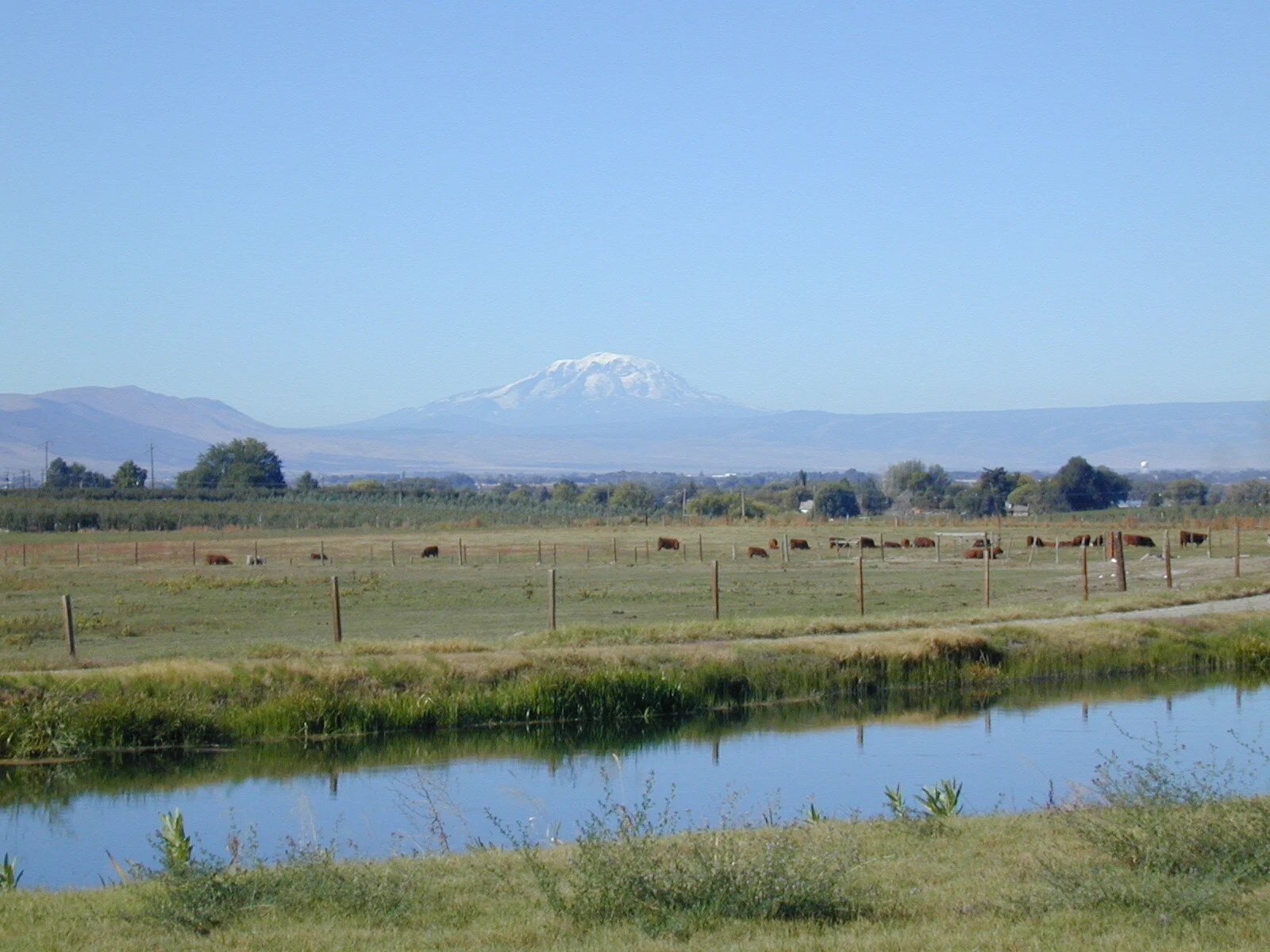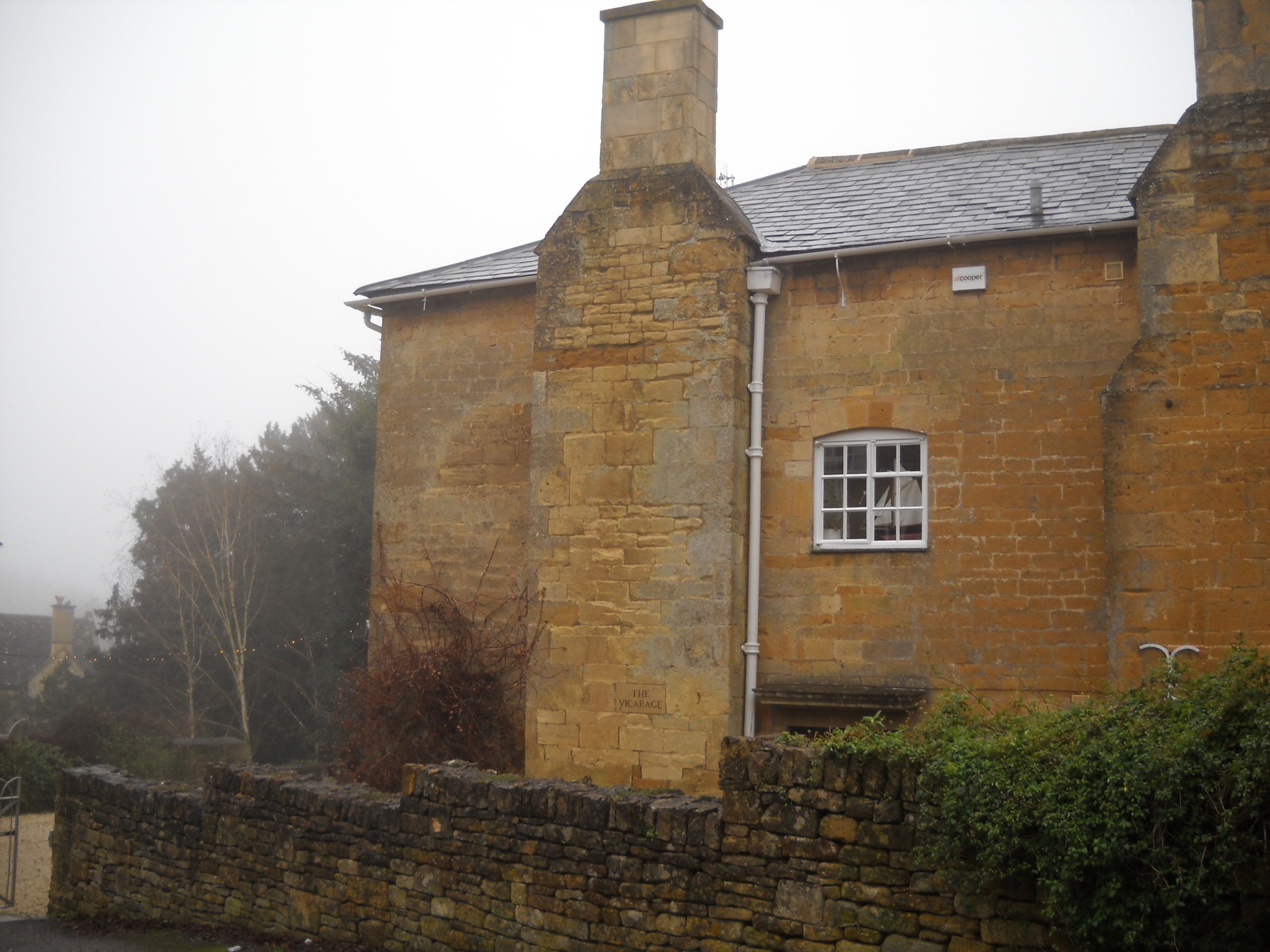Developing Rural Land
Tips for Developing Rural Land
My land development sweet spot has been in 5-acre residential lots in rural areas of the Pacific Northwest. These rural land developments are just outside of major or mid-size cities, but close enough to conveniently commute to and from them. To be specific, I have developed mostly in the rural transition zone.
What is the Rural Transition Zone?
The rural transition zone is close but outside of the high-density city lot projects. My main goal is to capitalize on public infrastructure expansions like sewer and water lines, then follow along these expansion pathways to identify target land purchases.
Lot sizes of 5+ acres are always in demand when it’s done correctly, and they can command absolute premium prices. It helps to have a lot of acreage to do them and make money, but that isn’t always necessary, as we’ll see.
Typical large lot projects:
There have always been other guys doing large lot development, but their projects typically seem to lack something. There are dirt roads vs paved, or maybe the lots lack water service so a well needs to be drilled at extra expense and hassle to get a building permit.
I have separated myself from these competitors by providing the following features and amenities for each lot in a project, when possible:
*Views
*River or lake frontage
*Territorial view corridors
*Gated entry & monumentation
*Paved roads with engineered drainage
*Cleared homesite
*Public Utility District water to each lot
*Septic design or Sewer to each lot
*Power, cable & telephone to each lot
*Recorded CC&R’s and a HOA
*Road Maintenance Agreement
In other words, the finished lots are building-permit-ready, large rural lots, in communities that have been structured and organized like city projects. I put enough bite in the CC&R’s so that people can’t collect and store junk outside, but flexible enough so that they can have outbuildings, barns, horses and limited barnyard animals. Specific CC&R’s are a key to avoid abuse, along with proper enforcement. All this has been key to command premium prices.
Acquisition considerations:
(Before we get into it, the example I am using is for fairly large tracts of land, out of reach for many developers due to cost. No matter, I have used the same principals for much smaller projects, even short plats of only 4 lots).
Short story on smart acquisition:
Early-on in my career Scott Paper was getting out of the timber business. Up until then they were growing some of their own timber to make butt wipe, paper towels and whatever else. It was a cradle to grave approach – grow trees, cut ‘em, process pulp, create paper products.
Unfortunately, their profits and stock price were tanking at the time, so the Board of Directors hired a new CEO. His name was Al Dunlap, but they called him Al “Chainsaw” Dunlap because his professional mission in life was to come into a company, chop every cost in sight, then leave and turn it over to a new CEO to manage whatever was left over. He was a Wall Street favorite since he did it fast and ruthlessly.
Al decided to dump their forest land and started selling thousands of Scott Paper acres at fire sale prices. A guy I knew bought about 4,000 acres from Scott, in 9 tracts within about a 15-mile radius. This guy was no dummy; he realized that Scott had been growing timber and a fair amount of it was merchantable. One of the tracts was a block of just over 1,000 acres. He bought it, hired a certified forester to permit and log it while it was still classified in the forestry tax designation, and got enough stumpage to recapture his initial cost basis in a little under a year. That’s how you think smart in acquisition!
(Fair Warning – correctly permitting and conducting logging operations is essential to prevent moratoriums or future conversion problems that can affect the use of the land after cutting. A Certified Forester should be consulted from the start.)
If you are a smaller developer, it’s still a good idea to keep an eye out for the big outfits selling off blocks and small pieces of dirt. I found a great deal one time from Weyerhaeuser Real Estate Company (WRECO). They had some 20 acre lots that were isolated way out in a corner of a huge piece they owned and were of no future use to them. I bought them, did a few Boundary Line Adjustments to move the lot status into my existing project next door, and made a huge profit without doing a plat or short plat. Look for an upcoming post on Boundary Line Adjustments (BLA’s). Just remember, the principals for large acquisitions can hold true for much smaller ones.
A look at tax designation in acquisition:
One way to buy chunks of rural land at a bargain is to buy it in a less expensive real property tax designation than residential. A lot of my land has been purchased in the Forestry Tax Designation, where the acquisition and property tax costs were very low on a comparative basis to residential. As the projects were developed in phases, I would pull the lots out of forestry tax and into residential in multiple lot groups, or as individual lots. There are costs for doing this and they need to be factored.
Environmentally sensitive areas:
If am looking at any acreage I need to figure out how much of it is useable for development and a big factor is environmental considerations. Beyond weeding out hazardous pollutants as a part of acquisition due diligence, natural features come into play and wetlands are a great example. In the Pacific Northwest, wetlands need to be identified, classified and surveyed as part of the submittal.
You might think wetlands start and stop at the water’s edge. Not really, since wetland vegetation is also a factor. If I have a wetland that measures 1/4 acre in standing water, it will be further defined by certain plant species that surround it. If I have Horse Tail, (Equisetaceae), surrounding the wet area, it will be classified as part of the wetland. So now my wetland could be 1/3 acre. But wait, there will also be a no-touch buffer around the edge, so now my wetland & buffer could wind up being ½ acre.
Finally, some wetlands can be seasonal. Think about the small puddle that is mostly dry in the summer and the size of a baseball field in the rainy season. It’s good to have a qualified Wetland Biologist consulting.
Upsides of large lot projects:
If done correctly there are many upsides. First of all, you separate yourself from the zero lot line, small city lots and can command premium prices. Many of my buyers want to put more of their investment in land than house and to have the amenities like a spacious feel and the ability to have outbuildings, horses and gardens.
It is much easier for the developer to identify a building envelope and there is plenty of room to get a good septic design. Large projects also show well if the homes are not jammed up on the road frontage. I always clear suggested homesites, placing them well back from the main roads for privacy. I usually use home set back requirements from road frontage to maintain the expansive feel and provide depth.
Drawbacks of large lot projects:
The biggie is infrastructure and construction costs. If a guy is going to run paved roads, power, water lines and cable, the cost in linear feet across the road frontage of the project gets huge. That is why it is critical to clearly understand the potential sale price of the finished product and factor in the true cost of development. If one has done this and can realistically command the asking price, large lot projects can pencil out.
In the Pacific Northwest large lot projects are hard for the buyer to visualize when on site. There are a lot of trees and understory vegetation that block clear visual reference to the true size and shape of a lot.
I overcome this by staking and flagging the lot corners, then brush cut the property lines and flag them prior to marketing. Agents are instructed to walk the entire perimeter for showings and are provided with project maps that depict the entire project and the individual lots.
Key factors:
I look for land with natural amenities. Mountain, foothill, or territorial views. I stagger the homesites to avoid blockage of view corridors and sometimes place ridge height limitations on roof lines. Homes are typically required to be about 100’ back from road frontage to maintain overall visual appeal. Accurate cost projecting, with regular updates is essential. I always use a 20% contingency estimate on any construction cost projection with large lots.
My typical large lot buyer:
I know my rural buyers and they aren’t farmers or hillbillies. There are 3 broad profiles that I see repeatedly closing on my premium priced large lots:
Business owners – Guys that are making their money from whatever business they own and can work from their home office, or have enough flexibility in their schedules to avoid daily commutes.
Retired Professionals – I have sold to a lot of retired Dr’s, dentists and attorneys.
Actively working professionals – Boeing has a huge plant about 15 miles from several of my projects and I have sold a lot of product to their engineers and higher income professional folks.
The large lot buyer wants privacy, an open and expansive feel, quality CC&R’s with enforcement, and a relaxed country environment. They also demand to be close to civilization, which is why I have focused on acquisition in the Transition Zone, not out in the extreme rural areas. It can be really tempting to look way out, 100 miles from nowhere because of acquisition cost, but I avoid it.






